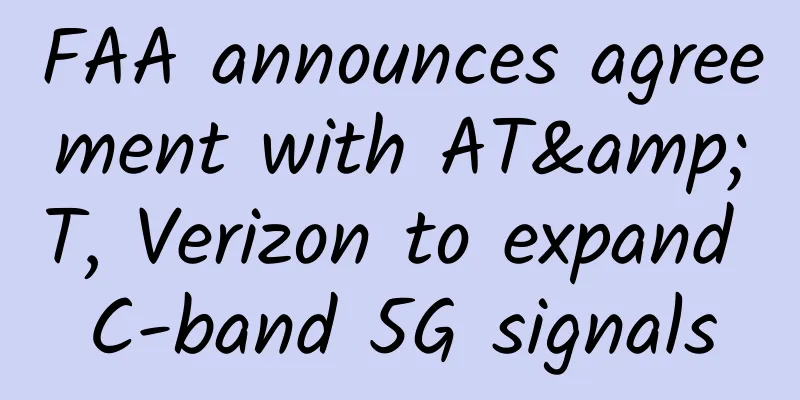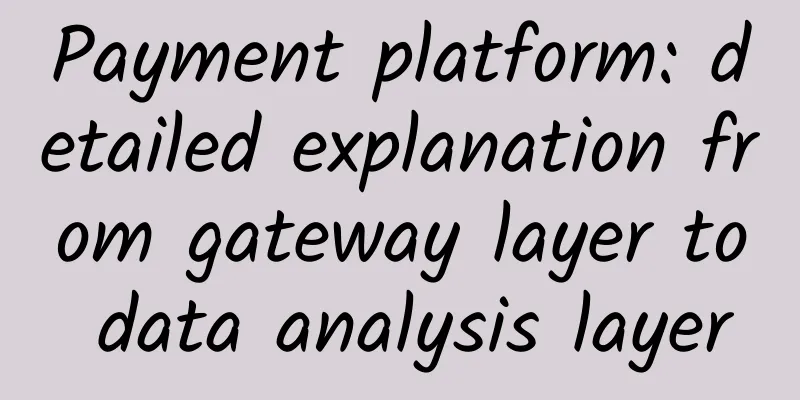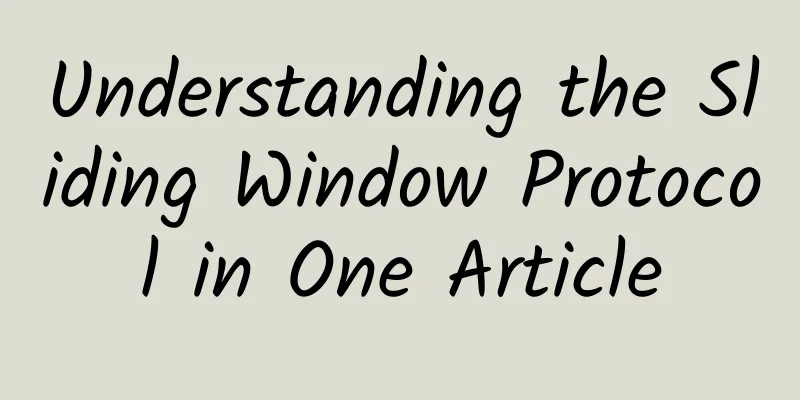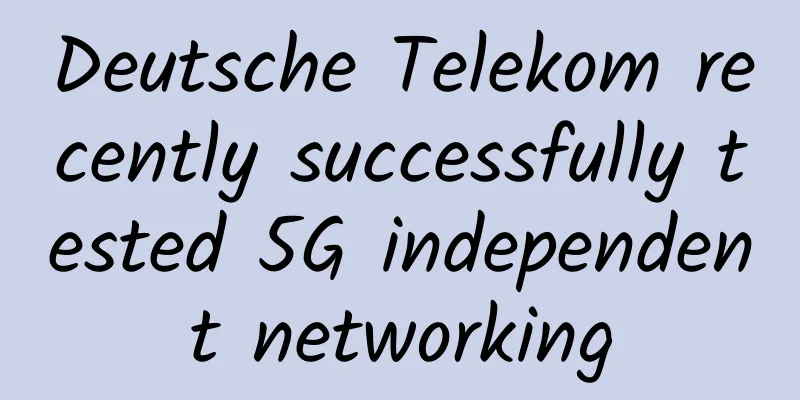FAA announces agreement with AT&T, Verizon to expand C-band 5G signals

|
The Federal Aviation Administration (FAA) said it has reached an agreement with AT&T and Verizon to expand 5G service in a way that mitigates aircraft safety concerns, with the current issues centering around planned C-band spectrum that could bolster existing 5G coverage. As early as 2021, the FAA expressed concerns that the use of spectrum by operators such as Verizon and AT&T would interfere with aircraft safety mechanisms. Last Friday, the FAA announced that it had reached an agreement with the carriers. Although AT&T and Verizon promised to create a two-mile "buffer zone" around some airport runways, the new announcement suggests the two sides are working to find a more long-term solution. The FAA said in a statement that it "appreciates" the telecom companies' strong communication and cooperation in providing more precise data on the locations of wireless transmitters and a deeper look into how 5G signals interact with sensitive aircraft components. "The FAA used this data to determine it is possible to safely and more accurately map the size and shape of areas around airports where 5G signals are mitigated, reducing areas where wireless carriers have delayed activating antennas. This will allow wireless communications providers to safely turn on more cell towers as they deploy new 5G service in major U.S. markets." In addition to the FAA, airlines have also expressed concerns about the rollout of 5G. Earlier in January, a joint letter signed by 13 major airlines warned of "catastrophic disruption" if the rollout continues as planned. The C-band spectrum is well suited to help expand 5G service in the United States and is currently being used in countries such as France without causing reports of disruptions to airline services. |
<<: Faced with slowing growth, operators need to change their roles
>>: Just look at these three pictures and you can understand the OTN layered structure
Recommend
Ministry of Industry and Information Technology: More than 600,000 new 5G base stations will be built in 2020
According to statistics from the Ministry of Indu...
RAKsmart dedicated server flash sale starts from $30/month, high-defense server starts from 79/month, US/Japan/Korea/Hong Kong data centers
RAKsmart is a long-established foreign merchant o...
129 apps were notified for illegally collecting and using personal information
[[405305]] According to the "China Internet ...
If the server does not receive the fourth wave request during the four TCP wave requests, will the server keep waiting?
I'm going to copy an answer from a certain we...
Detailed explanation of TCP packet sticking, packet unpacking and communication protocol
In TCP programming, we use protocols to solve the...
How many layers are in the TCP/IP protocol stack that you are learning? The standard answers in textbooks are changing
Overview Network knowledge is extensive and profo...
In-depth analysis of SDN switch configuration and application issues
SDN (Software Defined Networking) is an emerging ...
DIY is not the best way to implement SD-WAN
Wide Area Networks (WANs) are not designed for th...
IPv6 basics explained in one minute
1. IPv6 Background The most fundamental change of...
Ministry of Industry and Information Technology: 5G users account for more than 30% of my country's total
On October 26, the Ministry of Industry and Infor...
Technology trends to watch in 2018
In the coming 2018, artificial intelligence (AI),...
RAKsmart New Year Event: E3 servers starting at $30/month, 30% off on all VPS, popular VPS starting at $1.99/month
RAKsmart is a foreign hosting company operated by...
Nanchang Wanda City Marketing Secret: Ruijie's "Five-Star" Wi-Fi Makes Every Guest a VIP
Free Wi-Fi is an indispensable service during tra...
Huawei has done four "small things" to achieve intelligent evolution with its ecosystem partners and win-win ecosystem
[51CTO.com original article] This morning, Huawei...



![[11.11] iOVZ: 60% off monthly payment/50% off annual payment for all VPS/dedicated servers, Hong Kong/Korea VPS monthly payment starts from 36 yuan](/upload/images/67cabd2aaf03f.webp)





